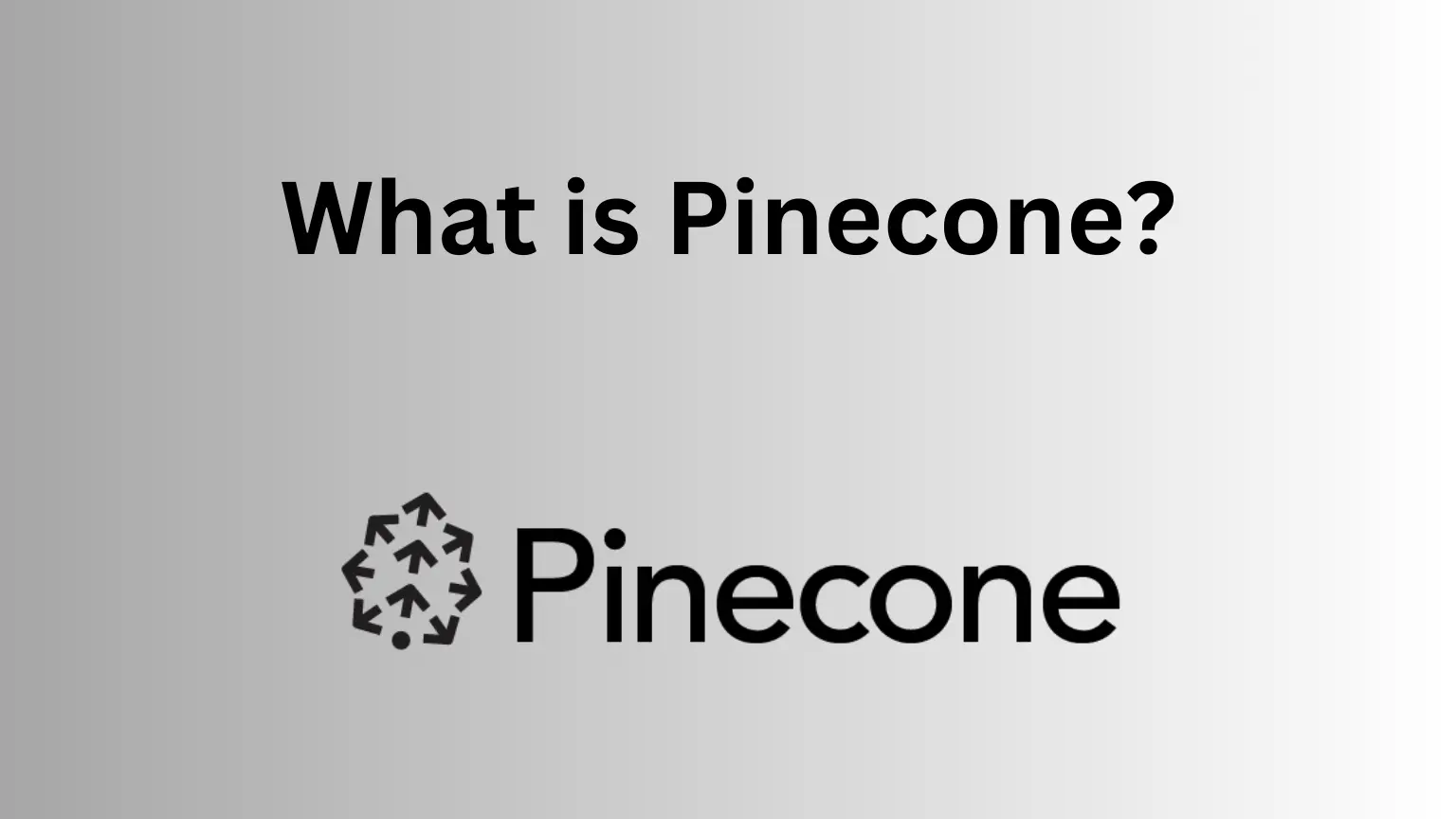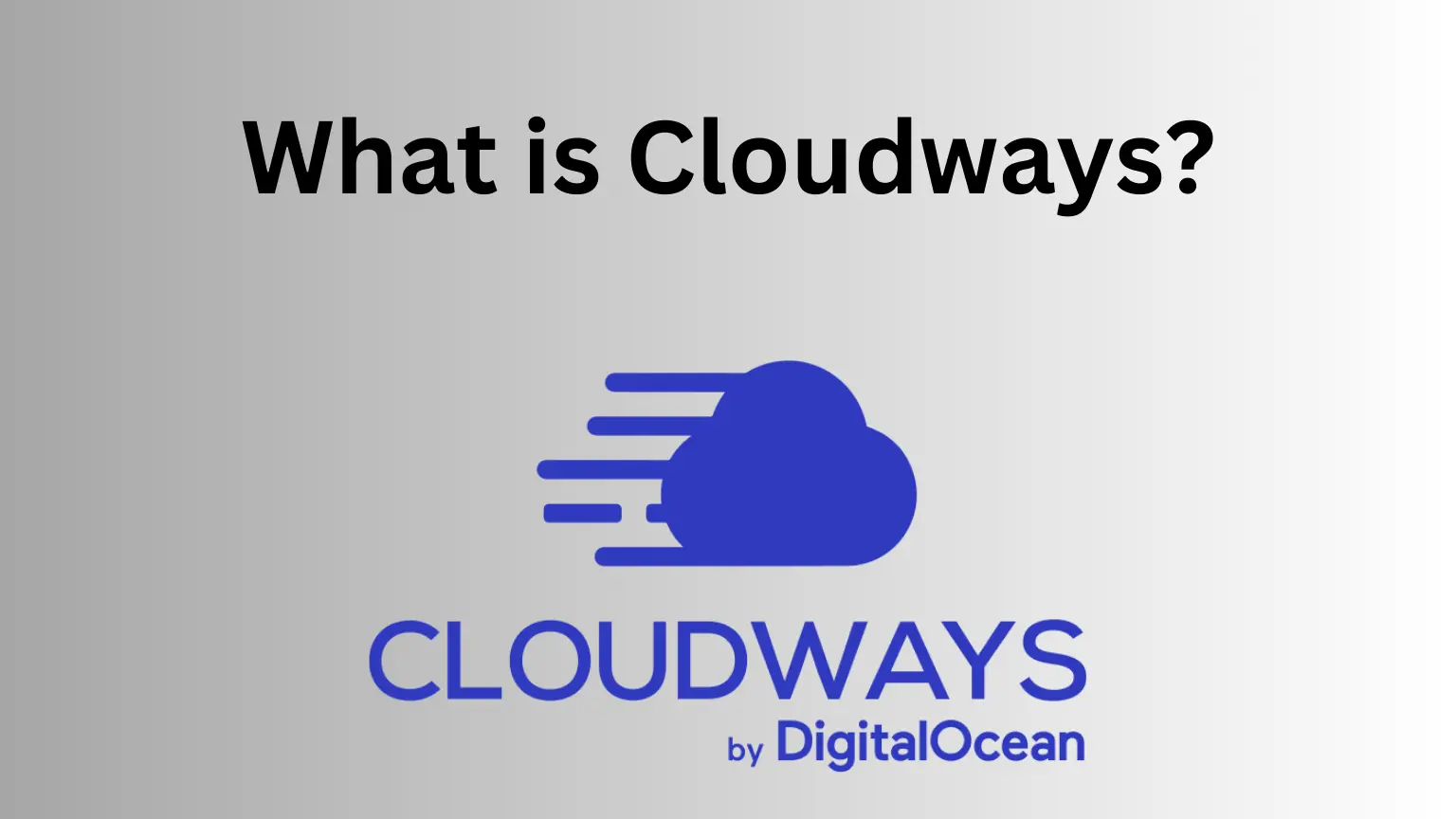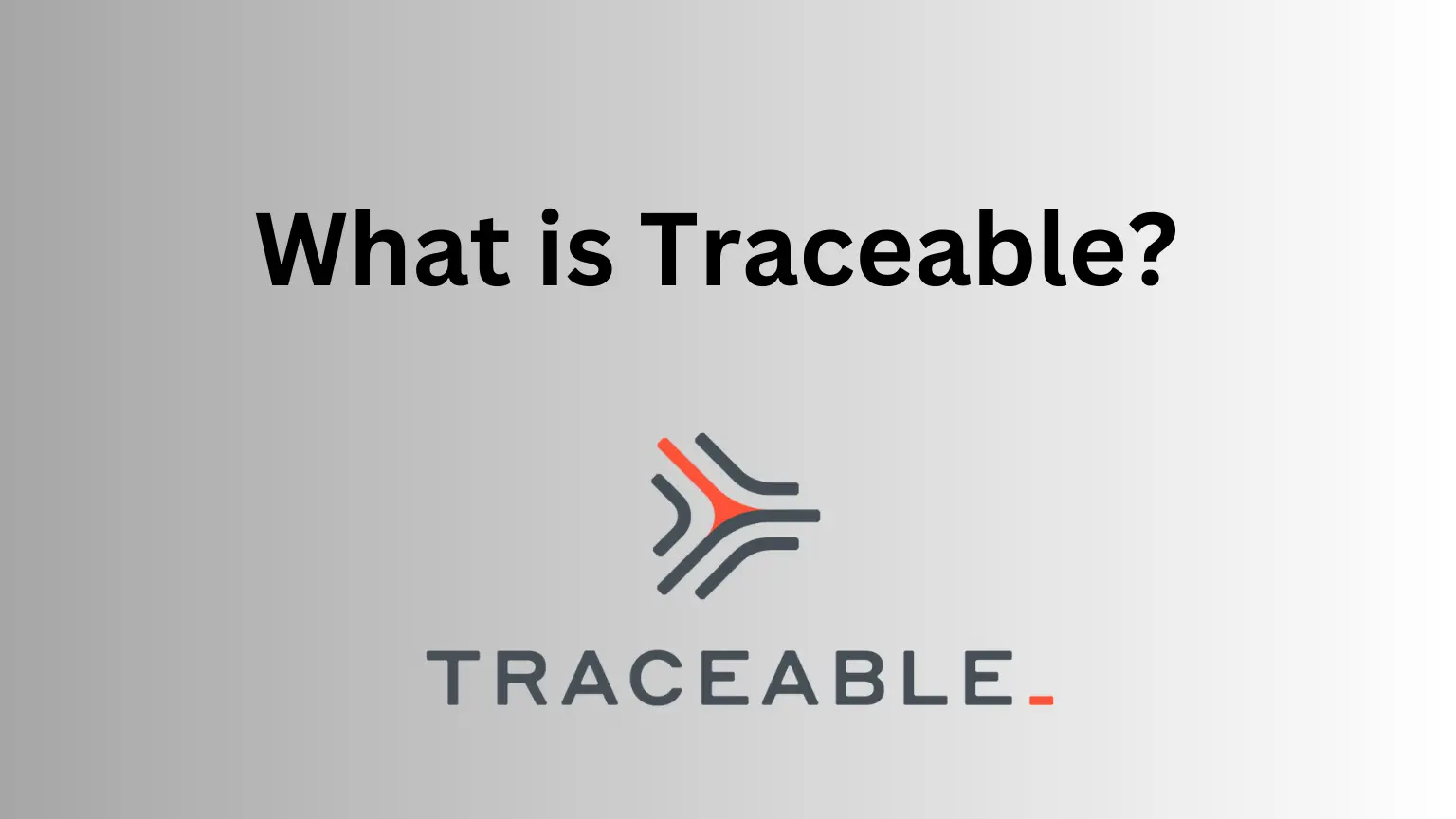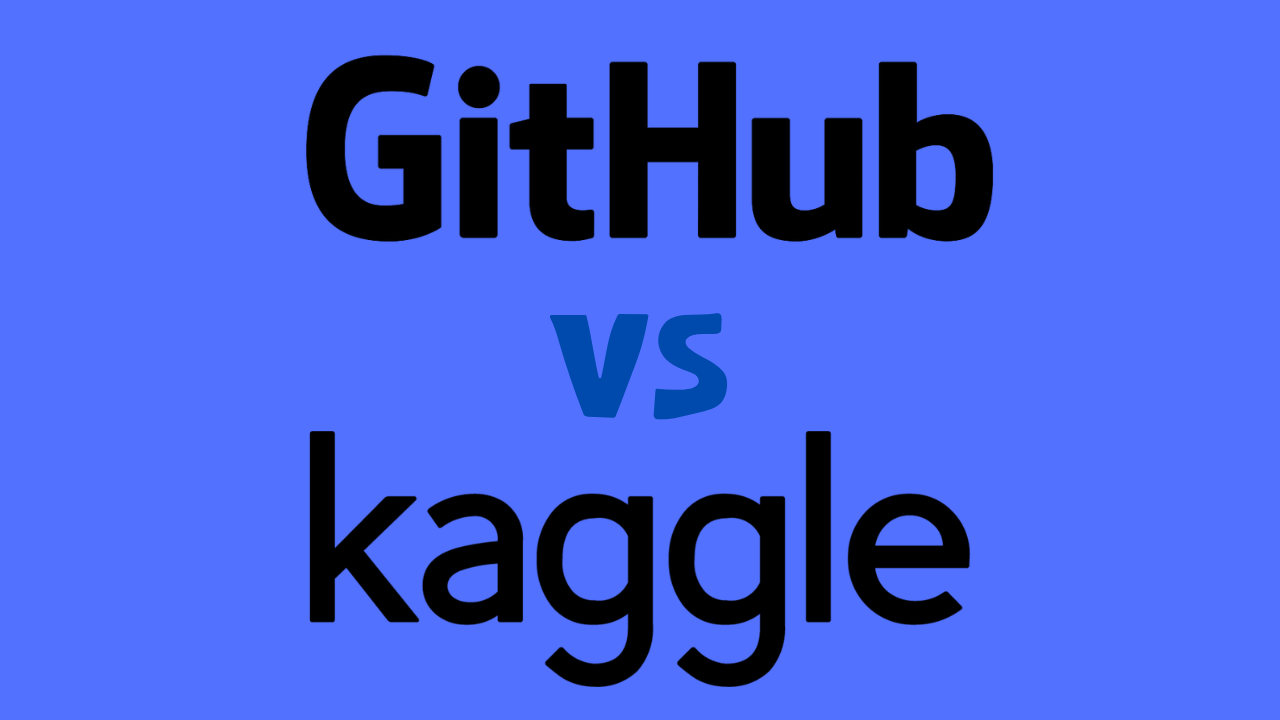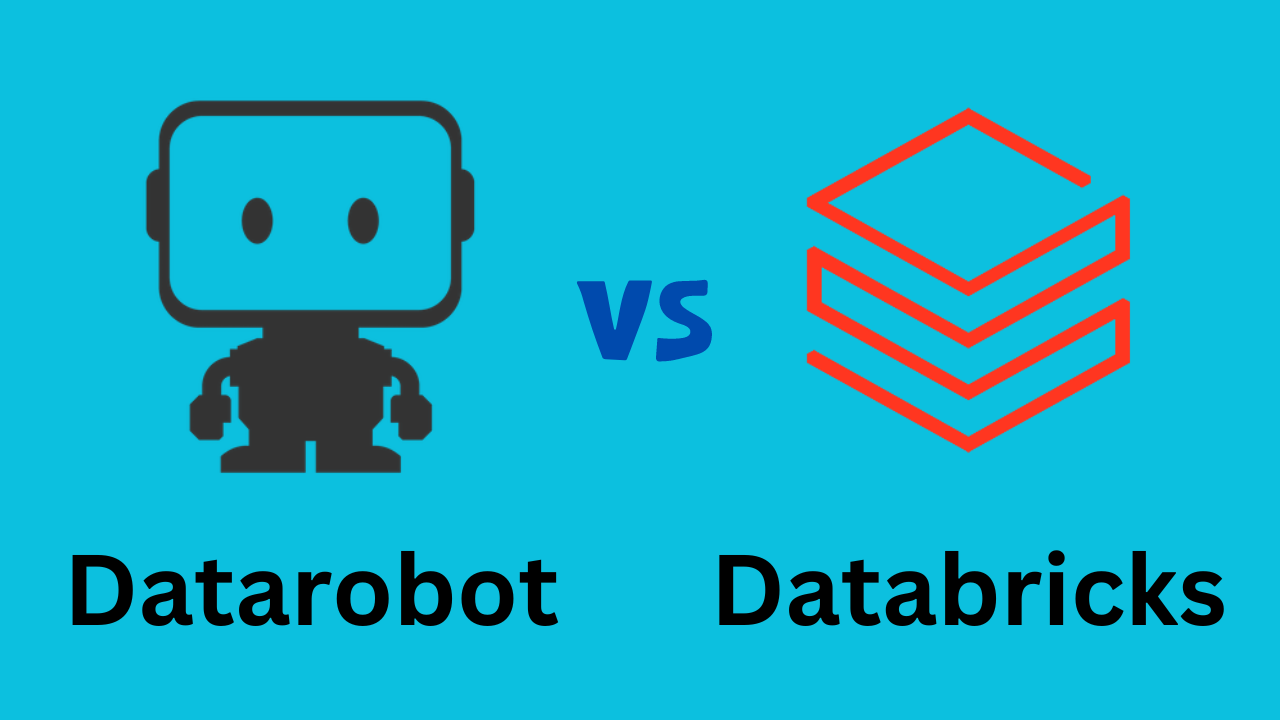Data warehousing is an essential aspect of modern businesses, and it involves the collection, storage, and analysis of large amounts of data. To achieve this, data modeling techniques such as Snowflake vs Star Schema are commonly used. In this article, we will provide a comprehensive comparison of these two data modeling techniques, highlighting their advantages, disadvantages, and practical applications.
Visual Studio Code vs Visual Studio
Introduction to Star Schema and Snowflakes Schema
Star Schema and Snowflakes Schema are two commonly used data modeling techniques in data warehousing. Star Schema is a simple and intuitive approach that involves a central fact table surrounded by dimension tables. The fact table contains the measures or metrics of interest, while the dimension tables provide context for the measures. Snowflakes Schema, on the other hand, is a more complex approach that involves a central fact table surrounded by dimension tables that are further normalized into sub-dimension tables.
Advantages of Star Schema
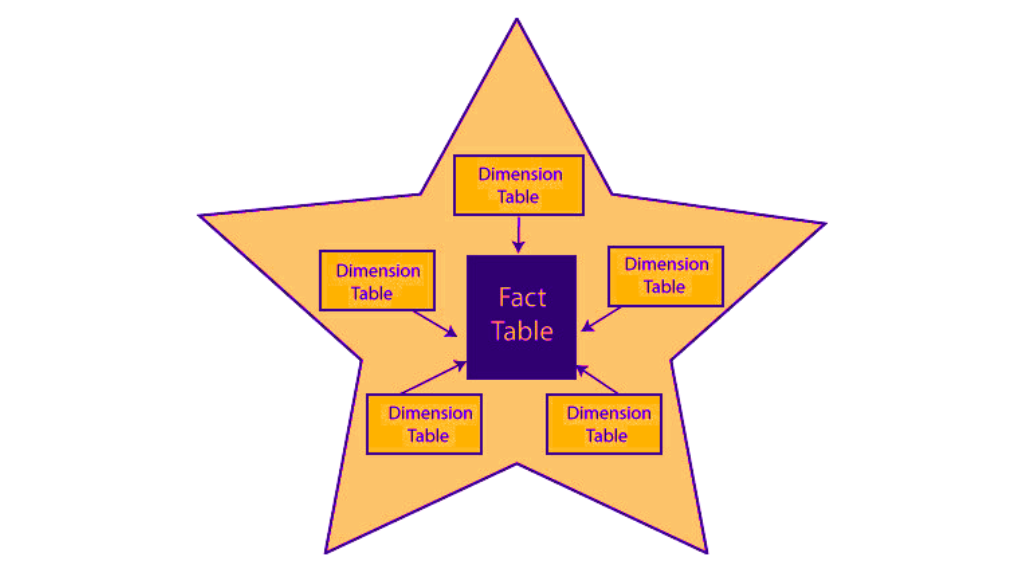
Star Schema has several advantages that make it a popular choice for data warehousing.
- Firstly, it is easy to understand and implement, making it ideal for small to medium-sized businesses.
- Secondly, it provides fast query performance since it involves denormalized tables that reduce the number of joins required to retrieve data.
- Finally, it is flexible and can be easily modified to accommodate changes in business requirements.
Disadvantages of Star Schema
Despite its advantages, Star Schema has some limitations that businesses should be aware of.
- Firstly, it is not suitable for complex data models that require multiple levels of hierarchy.
- Secondly, it can result in data redundancy since the dimension tables are normalized.
- Finally, it can be challenging to maintain since any changes to the schema require updating all the dimension tables.
Practical Applications of Star Schema
Star Schema is commonly used in business intelligence applications such as sales analysis, financial reporting, and customer relationship management. For example, a sales analysis application may use a fact table containing sales data and dimension tables containing information about products, customers, and time periods. This allows businesses to analyze sales data by product, customer, and time period, providing valuable insights into sales trends and customer behavior.
Data Warehouse vs Data Mart: A Detailed Comparison
Advantages of Snowflakes Schema
Snowflakes Schema has several advantages that make it a popular choice for complex data models.
- Firstly, it reduces data redundancy by normalizing the dimension tables into sub-dimension tables.
- Secondly, it provides more flexibility in data modeling since it allows for multiple levels of hierarchy.
- Finally, it is easier to maintain since any changes to the schema only require updating the sub-dimension tables rather than all the dimension tables.
Disadvantages of Snowflakes Schema
Despite its advantages, Snowflakes Schema has some limitations that businesses should be aware of. Firstly, it can result in slower query performance since it involves more joins to retrieve data. Secondly, it can be more complex to understand and implement, making it less suitable for small to medium-sized businesses. Finally, it can result in more complex maintenance since any changes to the schema require updating the sub-dimension tables as well as the dimension tables.
Practical Applications of Snowflakes Schema
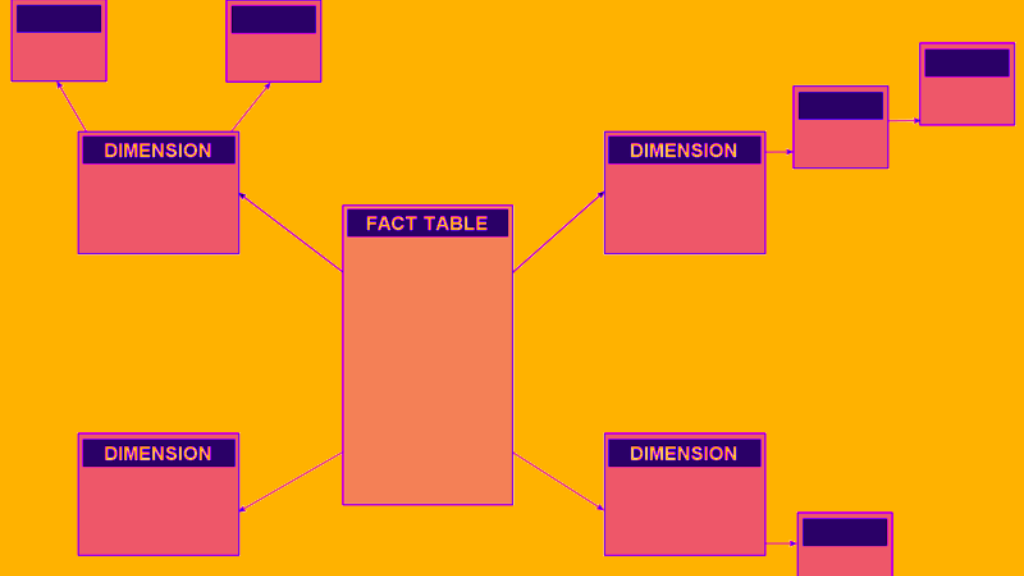
Snowflakes Schema is commonly used in data models that require multiple levels of hierarchy, such as product catalogs, organizational charts, and geographical data. For example, a product catalog may use a fact table containing sales data and dimension tables containing information about products, categories, and suppliers. The category dimension table may be further normalized into sub-dimension tables containing information about subcategories and sub-subcategories, allowing businesses to analyze sales data at multiple levels of granularity.
Comparison of Snowflake vs Star Schema
When deciding between Star Schema and Snowflakes Schema, businesses should consider several factors, including the nature of their data, the complexity of their data model, and their query performance requirements. Star Schema is ideal for simple data models that require fast query performance, while Snowflakes Schema is more suitable for complex data models that require multiple levels of hierarchy.
In terms of query performance, Star Schema is generally faster than Snowflakes Schema since it involves fewer joins to retrieve data. However, Snowflakes Schema can provide more flexibility in data modeling and reduce data redundancy, making it a better choice for complex data models.
Maintenance is another factor to consider when choosing between Star Schema and Snowflakes Schema. Star Schema is easier to maintain since any changes to the schema only require updating the dimension tables. Snowflakes Schema, on the other hand, can be more complex to maintain since any changes to the schema require updating the sub-dimension tables as well as the dimension tables.
Conclusion
Star Schema and Snowflakes Schema are two commonly used data modeling techniques in data warehousing. While Star Schema is ideal for simple data models that require fast query performance, Snowflakes Schema is more suitable for complex data models that require multiple levels of hierarchy. Businesses should consider several factors, including the nature of their data, the complexity of their data model, and their query performance requirements when deciding between these two data modeling techniques.



